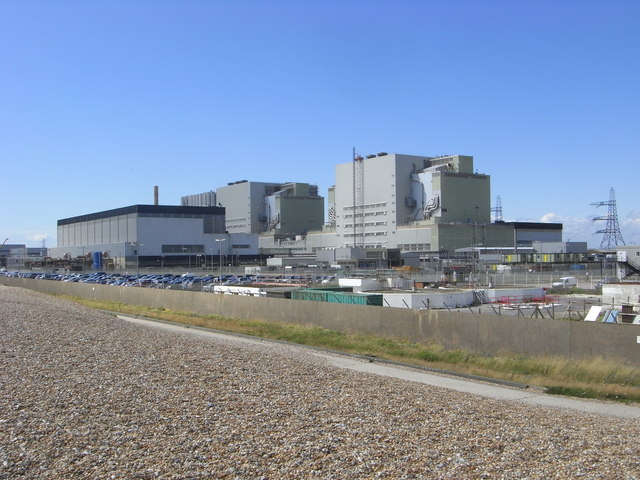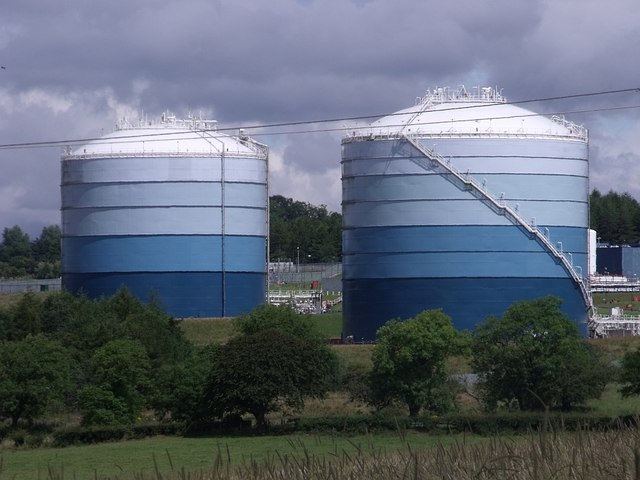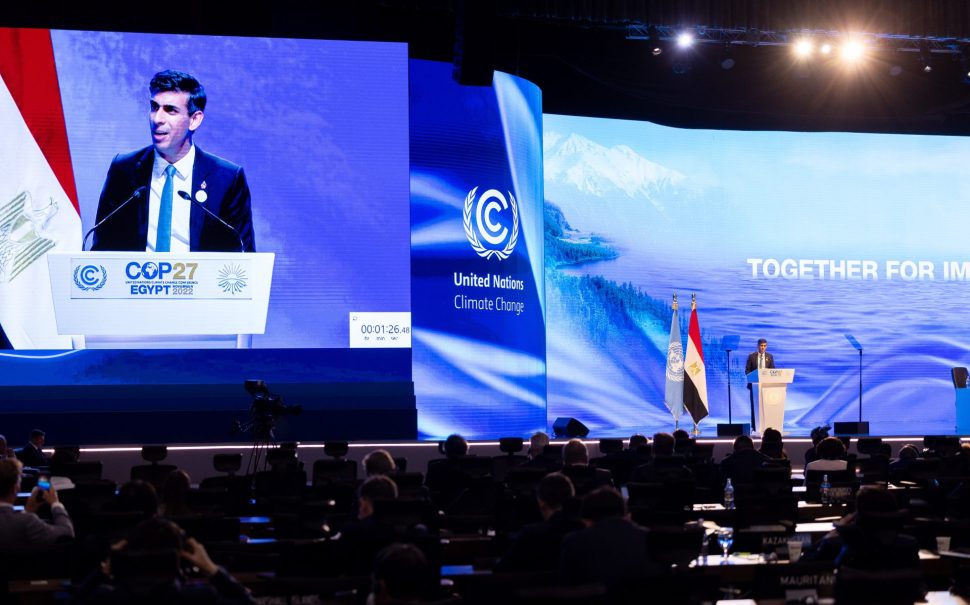Renewable energy sources including wind and bioenergy gained importance at the expense of coal, but the share of nuclear fell and that of gas remained stable in the UK’s fuel mix in the last decade.
Bioenergy is up from just 6% in 2012 to now making up nearly a quarter of the UK’s electricity generation, while coal has gone the opposite way, dipping from as high as 40% a decade ago to less than a tenth of that now.
Gas remains the single biggest contributor to the fuel mix, making up approximately a third of the UK’s electricity generation.
The graph below shows the fuel mix used in electricity generation in the UK since 1998 to the second quarter of 2022.
Alex Block, senior media officer, Department for Business, Energy and Industrial Strategy, said: “The increasing share of wind, solar and bioenergy in the past reflects increases in capacity, including the conversion of some coal plants to bioenergy.
“The smaller share of nuclear is driven by increased maintenance outages and also plant closures.
“Dungeness B began defueling in June 2021 but had not generated since 2018 and Hunterston closed in January 2022.”
While net imports were usually positive in the UK, the second quarter of 2022 saw a reverse to net exports.
Block explained it became export in the latest quarter largely because of outages at French nuclear plants meaning that France needed to import more energy in order to meet their demand.

Benjamin Bailey, 38, social researcher focussing on sustainability, said government schemes had sought to increase the deployment of renewable and bioenergy sources in the past.
An example was government feed-in tariffs, which on the one hand offered long-term contracts to renewable energy producers, and on the other hand aimed to incentivise households to use renewable energy to power their homes.
However, gas continued to be the main energy source for heating in buildings, as alternative heating technologies were still in their infancy.
He added politicians were reluctant to endorse nuclear energy given negative public perception resulted from the Fukushima Daiichi nuclear plant disaster in Japan.
Bailey said: “In the short term, I don’t see a big change in the UK’s energy mix.
“There seems to be less political appetite for low carbon energy generation, and conversely some signs that fossil fuels might be exploited and used at a similar, if not slightly higher, rate.”
Indeed the global energy crisis triggered by Russia’s invasion of Ukraine made climate transition more difficult than it would have been.
The war led to energy shortfalls and higher energy prices, especially for natural gas.

According to the IEA’s World Energy Outlook, high fuel prices accounted for 90% of the rise in the average costs of electricity generation worldwide, with natural gas alone accounting for more than 50%.
Volatility of UK gas price shot up tremendously since the war started, as shown in the chart below.
Many believed governments and energy companies would have to resort to more oil- and coal-fired electricity generation, at least in the short term.
However, prime minister Rishi Sunak said to the House of Commons after he attended November’s COP27 summit in Egypt, that climate security and energy security would go hand in hand.
He pledged to accelerate the transition to renewables, invest in building new nuclear power stations for the first time since the 1990s, and support almost half a million high-wage, high-skilled green jobs.
He said: “I know that some have feared that Putin’s abhorrent war in Ukraine could distract from global efforts to tackle climate change, but I believe it should catalyse them.
“Greater energy security will help us to meet our climate ambitions.
“We want cheaper, safer and cleaner forms of energy here at home, and that is what our plans are delivering.”
Featured image: Rishi Sunak at COP27 (Source: Flickr, Simon Walker, CC BY-NC-ND 2.0)





